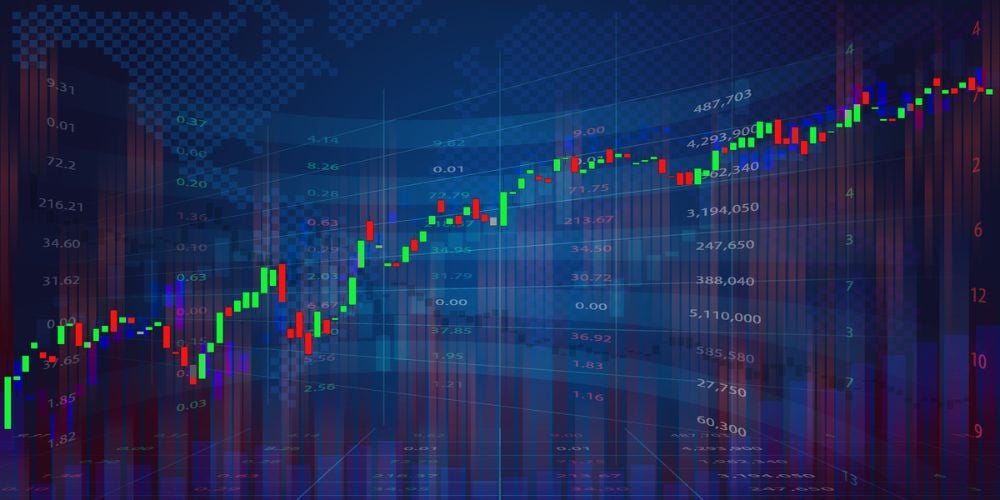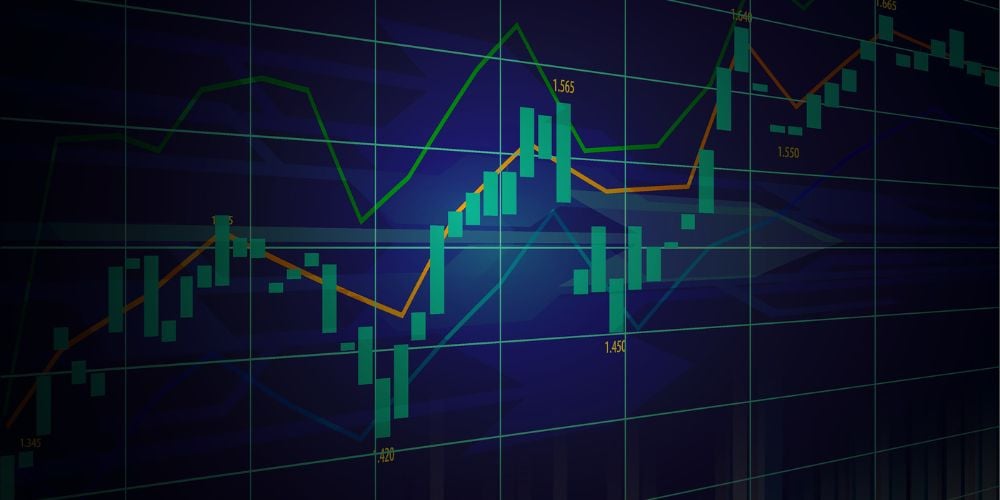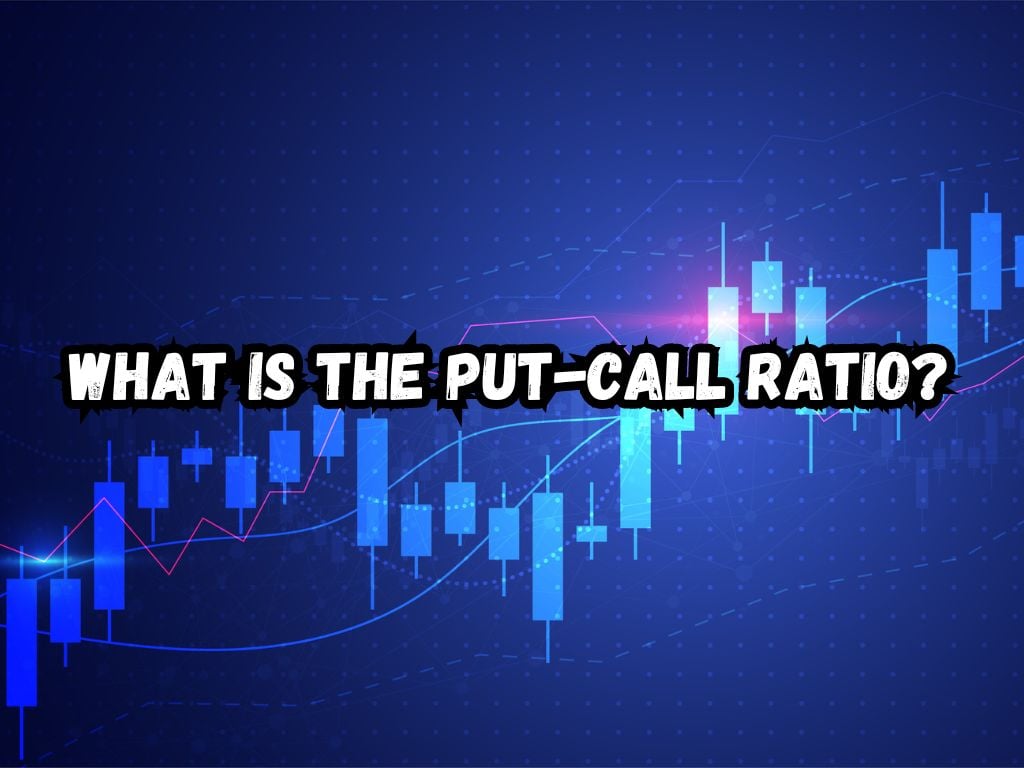The stock market is a complex ecosystem with a multitude of indicators that help traders and investors decipher potential trends and make informed decisions.
Among these indicators, the Put-Call Ratio (PCR) is a critical measure of market sentiment, offering insights into the collective mindset of the market participants.
In this comprehensive guide, we delve into the intricacies of PCR and how it can influence trading strategies in the stock market.
The Put-Call Ratio (PCR) is a tool for just such a purpose, quantifying the trading volume of put options against call options. Understanding this indicator can be a strategic advantage for those looking to gain insights into market sentiment.
The Significance of PCR in Market Sentiment
The stock market operates largely on sentiment—a blend of emotions, expectations, and predictions that drive the decisions of market participants.
The PCR plays a valuable role in gauging this sentiment, serving as a barometer for the mood of investors, which can be a strong predictor of the market’s direction.

What is PCR in Stock Market?
The Put-Call Ratio is a simple yet profound measure within the financial markets. It helps anticipate potential reversals in market trends and provides a snapshot of investor sentiment.
Definition and Importance of PCR
The PCR is expressed as the ratio of the volume of traded put options to call options over a specific period. It is an indicator used by financial analysts and traders to understand the level of bullishness or bearishness in the market.
How is PCR Calculated?
Understanding the computation of PCR is essential for its application in trading and investment strategies.
A Step-by-Step Guide to Calculating PCR
The calculation of PCR is straightforward: divide the number of traded putt options by the number of traded call options.
For example, if there are 200 puts and 100 calls traded, the PCR would be 2.0, indicating a heavier volume in puts and potentially a bearish market sentiment.
Example Illustration of PCR Calculation
Let’s say on a given day, 500 put options and 250 call options were traded for a particular stock. The PCR for that day would be 2 (500 puts / 250 calls = 2).
This could imply that investors are hedging or speculating on a downturn in the stock’s price, suggesting a bearish outlook.
Interpreting the Put-Call Ratio
A closer look at PCR reveals the varying levels of investor sentiment and potential market movements.
Indications of a High vs. Low PCR
A high PCR suggests that investors are preparing for a downturn by purchasing puts. In contrast, a low PCR suggests that investors are confident in future price appreciation and are buying calls.
However, it’s important not to take these signs at face value without other supporting market indicators.
The Significance of Sudden PCR Changes
Rapid changes in the PCR should be noted with caution, as these can indicate a swift shift in market sentiment.
Sudden increases might suggest growing fear or uncertainty, while a quick drop could point to increasing confidence among traders and investors.
PCR as a Contrarian Indicator
Seasoned traders sometimes use PCR opposite to the conventional wisdom, looking for signs that the market’s sentiment is overly tilted in one direction.
Contrarian Views in Market Predictions
When the PCR is excessively high or low, it can signal that the market sentiment has reached an extreme, and a reversal may be imminent.
Contrarian investors use these moments to position themselves against the prevailing sentiment, looking to profit when the market corrects itself.

Strategies for Trading Using PCR
Successful trading strategies often incorporate PCR to understand and act according to the market sentiments.
Bulls and Bears: Crafting Strategies Around PCR
For bullish traders, a low PCR representing high call volume may indicate the time to enter or add positions, anticipating an upward trend.
On the other hand, bearish traders may look for a high PCR to confirm their negative outlook, taking it as a sign to sell or short the market.
Integration of PCR with Other Market Indicators
No indicator should be used in isolation, and PCR is no different. For a more comprehensive analysis, traders should use PCR in conjunction with other technical and fundamental indicators. This multi-faceted approach helps to mitigate the risks associated with relying solely on PCR.
Limitations and Considerations When Using PCR
While PCR is a valuable tool, traders must recognize its limitations to use it effectively.
Understanding the Limitations of PCR
PCR should not be interpreted as an infallible predictor of market movements. It represents sentiment at a specific moment in time and can be influenced by exterior factors such as market news or events.
Additionally, PCR trends can be subject to manipulation by large institutional trades.
Avoiding Common Pitfalls in Interpreting PCR
Traders should avoid knee-jerk reactions to PCR values. A high or low ratio does not guarantee market movements but suggests potential trends.
It is vital to analyze PCR within the context of the current market environment and alongside other indicators.
Frequently Asked Questions
What does a rising PCR indicate in the stock market?
A rising PCR can point to an increasing bearish sentiment among traders, who may be buying more puts to protect against or profit from anticipated declines in stock prices.
Is a high PCR always a bearish sign?
Not invariably. A high PCR often reflects bearish sentiment. However, it can also signal an overly bearish market poised for a rebound, making it a contrarian indicator.
How can beginners use PCR in their trading strategy?
Beginners should treat PCR as one indicator among many, using it to gauge market sentiment. It’s a component of a broader analysis, indicating possible trends that need verification through additional market indicators.
Understanding and leveraging the Put-Call Ratio can provide crucial insights and an edge in the competitive world of stock market trading. Whether you’re a beginner or experienced trader, integrating the PCR into your analysis can greatly enhance your ability to interpret market conditions and make more informed decisions.
Conclusion
The Put-Call Ratio is a nuanced indicator, offering traders and investors a window into the market’s soul. When used judiciously, PCR can sharpen investment strategies and lead to more informed decision-making.
Remember, it’s the trader’s knowledge, complemented by PCR and other analytical tools, that ultimately steers the course to success in the stock market.


 Tags:
Tags:










